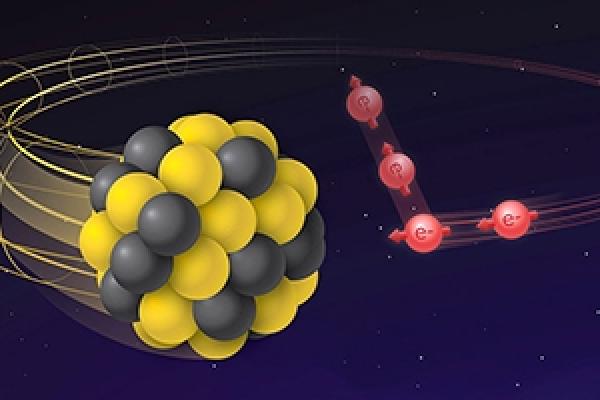Department of Energy to construct The Electron-Ion Collider

The U.S. Department of Energy (DOE) recently announced it will construct and house The Electron Ion Collider (EIC), a particle accelerator, at Brookhaven National Laboratory in Upton, New York. For Professor Yuri Kovchegov the DOE’s decision marks a major transition in the machine’s development and is the first concrete stage of its completion. “It’s a major step,” Kovchegov said. “The machine finally became somewhat real — from just a proposal to something with a stamp of approval from the Department of Energy.”
Kovchegov has been closely involved with the EIC’s planning for nearly a decade. From 2011 to 2014, he was one of the lead authors of the EIC White Paper, which explored and summarized the various ways the physics community can benefit from the proposed EIC’s capabilities.
By colliding tiny electrons with relatively larger particles such as protons or nuclei, the EIC will help nuclear physicists unlock the mysteries of one of the field’s fundamental forces, the strong force, which binds atomic nuclei together. Scientists who study the aftermath of these collisions, which will achieve a never-before-seen intensity, will be able to see glimpses of the building blocks of the universe. For Kovchegov, he will be able to learn if the equation he formulated — the Balitsky-Kovchegov equation, which seeks to understand how the matter inside protons is held together — is valid.
“Part of the excitement is we’ll have a chance to see whether or not [the equation] works or how well it works when the machine turns on,” Kovchegov said. “We still don’t have a clear picture of how quarks and gluons are distributed inside the proton. … It’s very exciting to be a part of this research answering these very fundamental questions about how the world around us is built.”
Illustration of an electron colliding with a heavier particle -courtesy BNL. Read more on ASC News.
